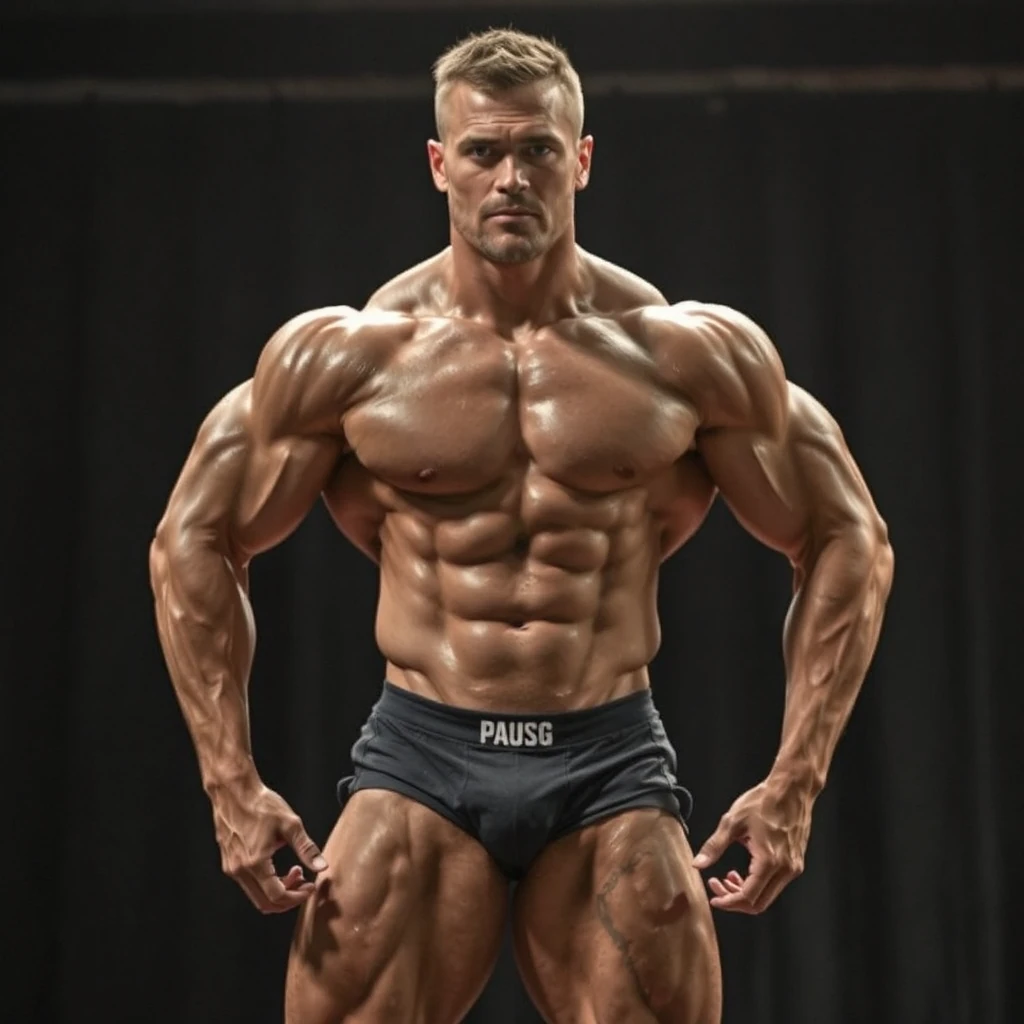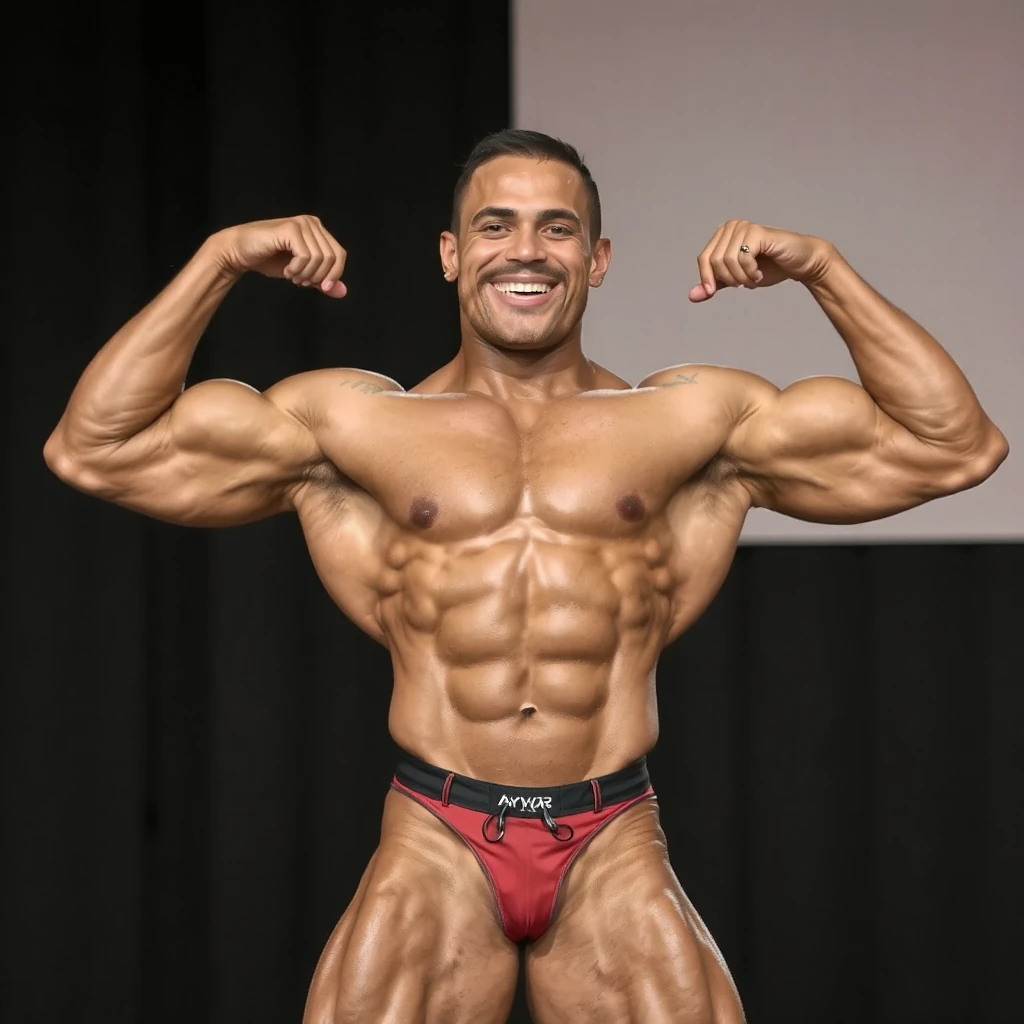Last Updated on November 23, 2024
Bodybuilding is more than just lifting weights—it’s a lifestyle transformation that combines physical effort, mental discipline, and structured planning. Whether you want to build muscle, lose fat, or improve overall fitness, stepping into the world of bodybuilding as a beginner can feel overwhelming. With so much information out there, it’s hard to separate fact from fiction. This guide breaks it all down, providing you with actionable steps to help you achieve your goals and navigate the journey confidently.

1. Start with Clear and Realistic Goals
Every successful bodybuilding journey begins with a purpose. Your goals define your workouts, diet, and overall strategy, keeping you focused and motivated.
Why Goals Matter
Having a clear vision gives direction and a way to measure progress. Whether you’re working to gain muscle or shed fat, goals act as your north star, ensuring every step you take aligns with your ambitions.
How to Set Effective Goals
- Short-Term Goals: Focus on immediate, manageable improvements, like learning proper form or sticking to a routine for a month.
- Long-Term Goals: Aim for milestones like gaining 10 pounds of muscle in a year or reducing your body fat percentage.
- Use the SMART Framework: Goals should be Specific, Measurable, Achievable, Relevant, and Time-bound. Example: “Lose 5 pounds of fat in 8 weeks through a calorie deficit and consistent workouts.”
Tracking Progress
- Take weekly progress photos for visual evidence of change.
- Use a tape measure to monitor muscle growth or fat loss in key areas like arms, chest, and waist.
- Log your workouts, including weights, sets, and reps, to see improvements over time.
2. Master Proper Form First
The foundation of bodybuilding lies in proper exercise technique. Good form ensures that you’re targeting the right muscles while minimizing injury risk.
Why Technique Matters
Starting with poor form not only limits progress but increases the likelihood of injuries, which can derail your journey.
Steps to Master Form
- Start Light: Use bodyweight exercises or light weights when learning.
- Get Professional Help: Work with a personal trainer or watch trusted tutorial videos.
- Check Yourself: Use mirrors to monitor your movements, and don’t hesitate to ask for feedback.
Common Exercises and Key Points
- Squats: Keep your back straight, knees aligned with toes, and chest up.
- Deadlifts: Engage your core, maintain a neutral spine, and lift with your legs.
- Bench Press: Keep your elbows at a controlled angle and stabilize your shoulders.

3. Follow a Full-Body Workout Plan
For beginners, full-body workouts are the best way to build strength and avoid muscular imbalances. They target all major muscle groups and help you develop a balanced physique.
Benefits of Full-Body Workouts
- Promotes even muscle development.
- Allows for better recovery by reducing overuse of specific muscles.
- Saves time while delivering results.
Sample Full-Body Workout Plan
Day 1:
- Squats (3 sets of 10 reps)
- Push-ups (3 sets of 15 reps)
- Dumbbell Rows (3 sets of 12 reps)
- Planks (3 sets, hold for 30–60 seconds)
Day 2:
- Deadlifts (3 sets of 8 reps)
- Bench Press (3 sets of 10 reps)
- Pull-Ups (or Assisted Pull-Ups) (3 sets of 8–10 reps)
- Bicycle Crunches (3 sets of 20 reps)
Day 3:
- Lunges (3 sets of 12 reps per leg)
- Overhead Dumbbell Press (3 sets of 10 reps)
- Russian Twists (3 sets of 20 reps)
Tips for Success
- Focus on controlled, deliberate movements to maximize muscle engagement.
- Rest 60–90 seconds between sets.
- Ensure at least one rest day between workout sessions.
4. Prioritize Nutrition
Nutrition is the cornerstone of bodybuilding. A well-structured diet fuels your workouts, supports recovery, and aligns with your goals.
Macronutrient Breakdown
- Protein: Essential for muscle growth and repair. Aim for 1.6–2.2 grams per kilogram of body weight daily.
- Sources: Chicken, fish, eggs, tofu, and protein shakes.
- Carbohydrates: Provide energy for intense workouts. Choose complex carbs like oats, brown rice, and sweet potatoes.
- Fats: Support hormone production and overall health. Focus on healthy fats from nuts, seeds, avocados, and olive oil.
Meal Timing
- Pre-Workout: Eat 2–3 hours before exercise with a mix of carbs and protein.
- Post-Workout: Consume a protein-rich meal within 30–60 minutes to aid recovery.
Hydration
- Drink at least 2–3 liters of water daily.
- Rehydrate during and after workouts to replenish fluids lost through sweat.

5. Embrace Progressive Overload
To see consistent gains, you must challenge your muscles by gradually increasing the intensity of your workouts.
How to Apply Progressive Overload
- Increase the weight by 5–10% once you can complete all sets with ease.
- Add additional reps or sets to your routine over time.
- Shorten rest periods to increase workout intensity.
6. Prioritize Rest and Recovery
Muscles grow when you rest, not while you’re training. Recovery is crucial for progress and injury prevention.
Rest Days
- Take 1–2 full rest days per week.
- Engage in active recovery like yoga, stretching, or walking.
Sleep
- Aim for 7–9 hours of quality sleep per night.
- Poor sleep can hinder recovery and performance.
7. Use Supplements Wisely
Supplements can complement your nutrition plan but should never replace whole foods.
Beginner-Friendly Options
- Protein Powder: Helps meet daily protein goals.
- Creatine Monohydrate: Improves strength and aids recovery.
- Multivitamins: Ensures you get essential nutrients.
Avoid Overhyped Products
Stick to well-researched supplements and avoid those promising unrealistic results.
8. Incorporate Cardio
Cardio is essential for cardiovascular health, endurance, and fat loss. However, it should complement weight training, not replace it.
Cardio Options
- Low-Intensity Steady State (LISS): Activities like brisk walking or cycling for 20–30 minutes.
- High-Intensity Interval Training (HIIT): Short bursts of intense activity followed by rest.
9. Overcome Common Myths
- Myth 1: “You Need to Train Every Day.”
- Truth: Muscles grow during rest, so overtraining can harm progress.
- Myth 2: “Carbs Make You Fat.”
- Truth: Carbs are a primary energy source and are essential in moderation.
- Myth 3: “Women Will Get Bulky from Weightlifting.”
- Truth: Women don’t produce enough testosterone for extreme muscle growth.
10. Build Mental Strength and Positivity
Bodybuilding is as much about mental resilience as it is about physical strength. Celebrate small victories and stay focused on your progress, not comparisons.
Surround Yourself with Positivity
- Join a community of like-minded individuals for motivation and accountability.
- Follow evidence-based fitness influencers for reliable advice.
Celebrate Milestones
- Whether it’s lifting a heavier weight or sticking to your diet, reward yourself for every achievement.
Final Thoughts
Bodybuilding is a lifelong journey that combines patience, discipline, and consistent effort. By following these tips, you’ll build not only a stronger physique but also mental resilience and confidence. Remember, every expert was once a beginner. Stick with your plan, adapt as you grow, and enjoy the process of becoming the best version of yourself.
Your bodybuilding journey starts now—let’s lift!








